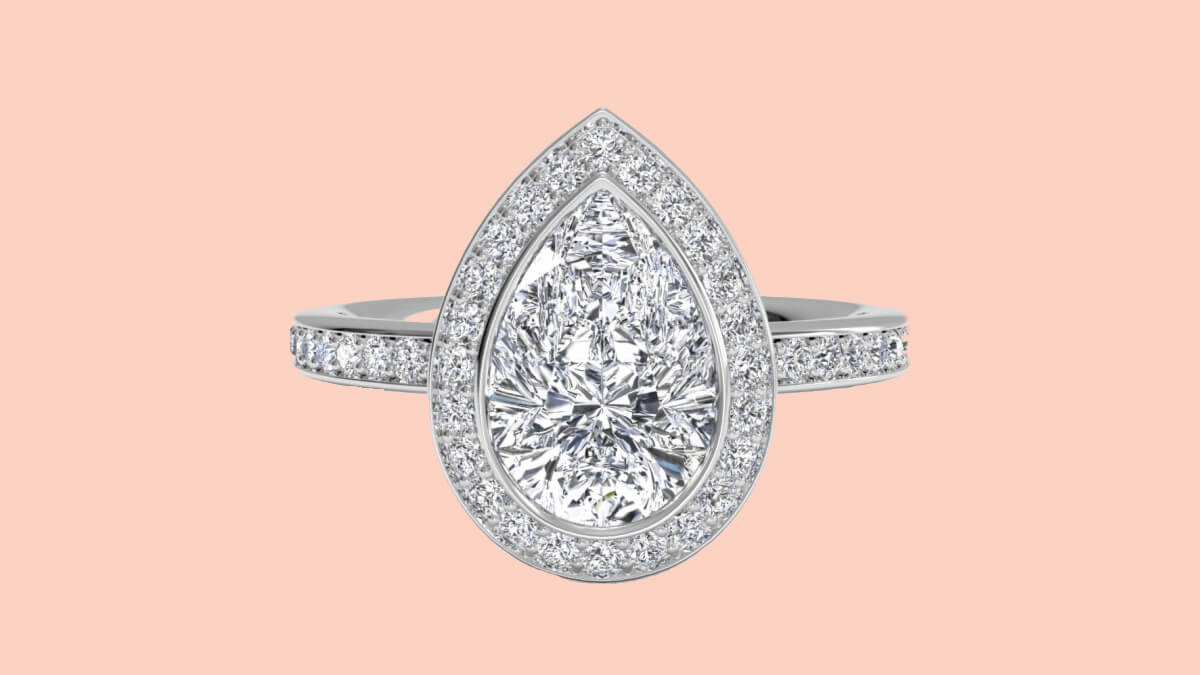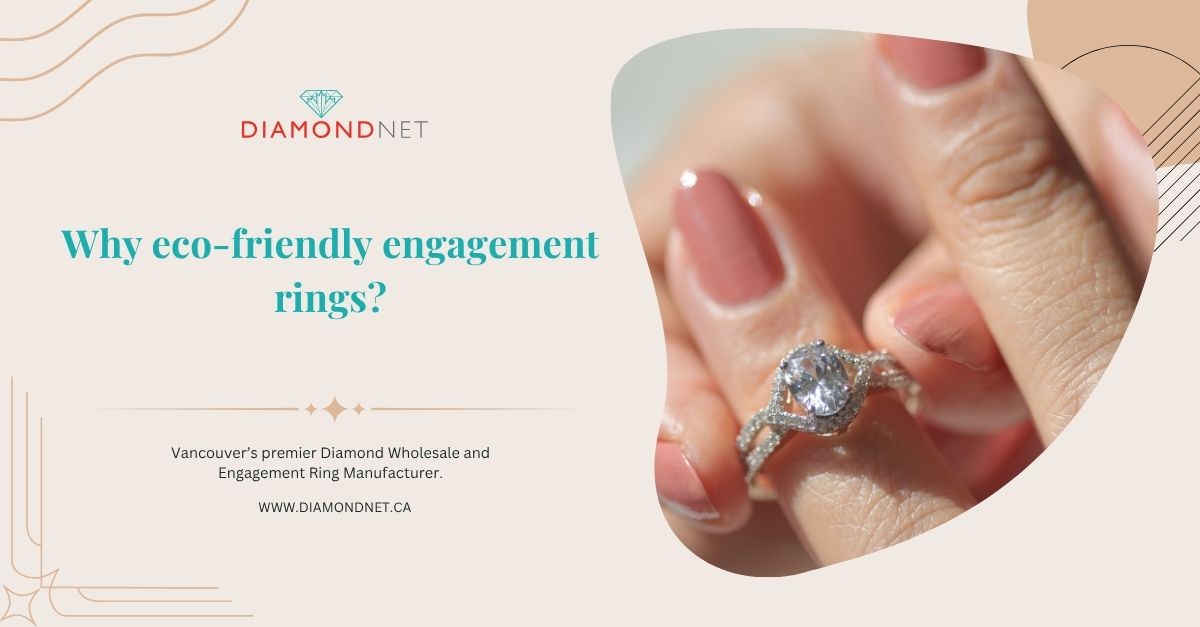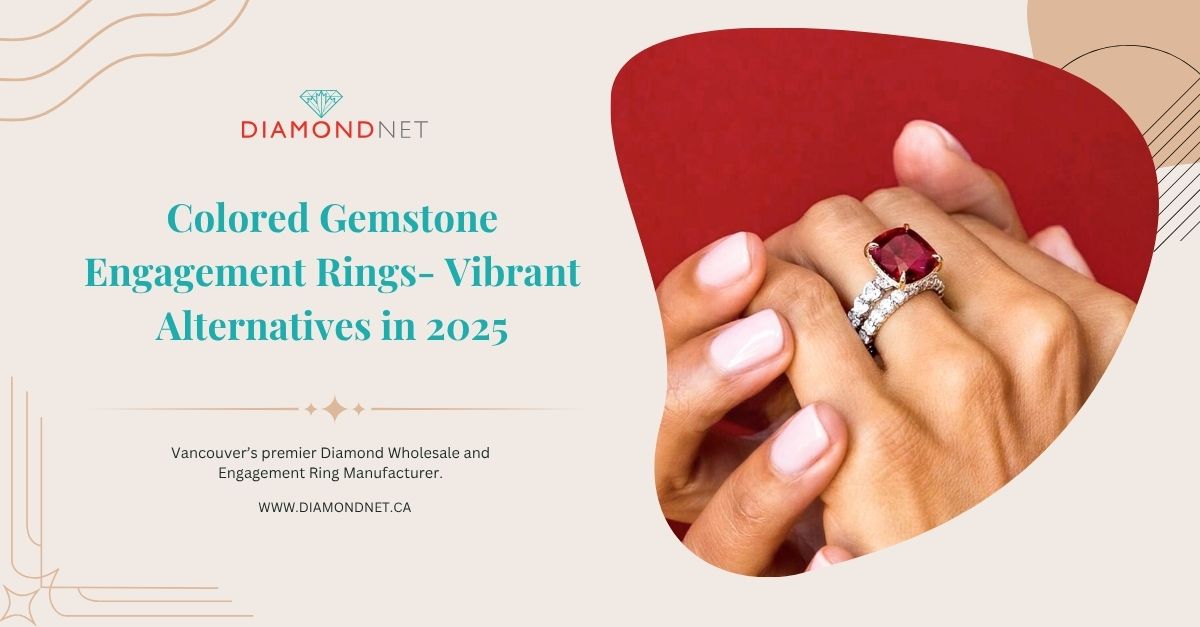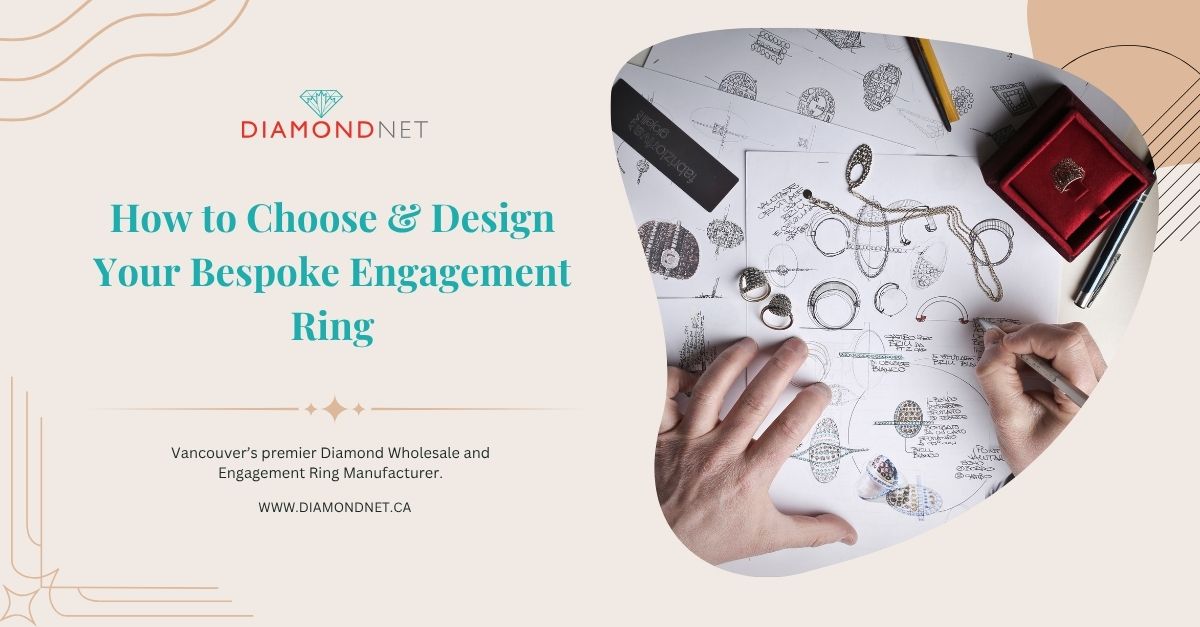So, the love of your life is drawn to things a little bit different than the mainstream. We love that! Uniqueness is the name of the game these days. Have you considered a teardrop (sometimes called pear shape) diamond for the engagement ring? Before you head into a jewelry shop or online diamond retailer, let’s take a look into this wildly unique and gorgeous option.
Oh, the elusive teardrop diamond. One thing we do know is that tears rarely fall from the eyes of women who open this stunning tapered gemstone! Substantially less common that round or cushion cut styles, teardrop diamonds are an elegant and impressive option. Belonging to the brilliant cut family, this diamond is not for the faint of heart. Timid ring seekers be warned: this dramatic diamond will make a splash. The history of teardrop diamonds can be traced back to the 1400s.
In 1475, a Flemish diamond cutter named Lodewyk van Bercken invented the world’s first Teardrop diamond. It was a hybrid between the round brilliant and marquise shaped diamond. Since then more facets and the brilliant cut look were added.
Standard Ratio of Teardrop Diamond
With soft curves, a rounded bottom and a pointed edge, these diamonds are arguably the most challenging to produce. When cut properly, they are incredibly impressive. However, many diamond cutters believe that most diamonds of this style today are either too stubby or too long. The ideal ration in a teardrop shaped diamond should fall within the range 1.50:1.00 and 1.65:1.00 in terms of length to width ratio. Longer or shorter dimensions are what make the diamonds less desirable and less valuable. Edges of the diamonds should be even as well. If one edge is more sloped, symmetry is lost and value again decreases.
Bow-tie Effect on Teardrop Diamond Engagement Ring
As well as face dimension accuracy, the depth of these diamonds should also be appropriate to avoid the ‘bow-tie effect’. This is a dark pattern that resembles a man’s bow-tie running across the width of the stone. It can range from light grey to black. Unlike other issues with diamond cut related to light reflection, the bow-tie effect is not caused by light leakage. It is the result of light being obstructed as you view the stone.
On a well-cut teardrop diamond, this effect will be minimal or completely unnoticeable. Depending on your budget, you might not be able to completely avoid the bow-tie, but take your time to find a diamond where the effect is subtle.
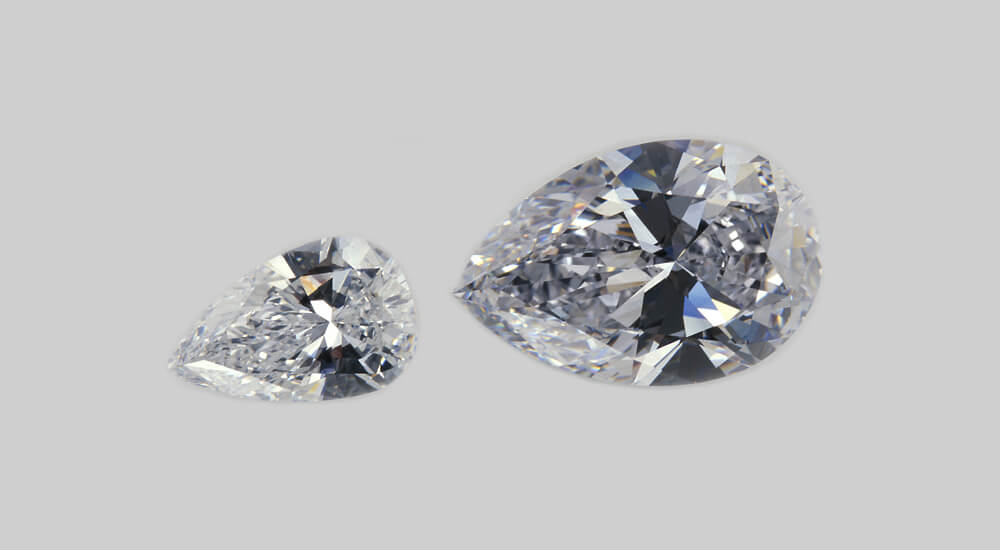
Beautiful glimmer and brilliance should extend from the center to the edges of a well-cut teardrop diamond. Like all diamond selection, only a small percentage of diamonds produced will fit into this category. At DiamondNet only the most divinely cut teardrop diamonds will make it into our inventory.
Like other ‘fancy’ ring styles, meaning a shape other than round, teardrop diamonds offer more color than a round brilliant. For this reason, choosing a stone high on the GIA color scale is often recommended.
Best Way to Wear Teardrop Diamond Engagement Ring
Now that we have a sense of how these beautiful stones are designed, let’s address the most common concern. ‘Which way is up?’ You’d be surprised how many people ask which is the correct way for the diamond to face. And because all jewelry is subjective and personal, there is technically no right way for the diamond to be worn. However, the most common way to wear the teardrop is with the pointed end pointing towards your fingertips. This way, lifting the hand to look at your new beautiful engagement stone will show it as a sparkly falling teardrop. In terms of hand aesthetics, this will have an elongating effect on the ring wearers hand.
Best Setting for Pear-shaped Diamond
Because the design is so unique, it is quite possible your boo will be the only one with a pear-shaped diamond. So, you’ll want to make sure the setting you choose is perfect for your special diamond. A simple pronged solitaire setting is a common choice. Simple and effective. If you think she’ll appreciate a trendier setting, consider a bezel-set setting. The setting will showcase a solid strip of the chosen gold wrapped around the diamond for security and protection.
